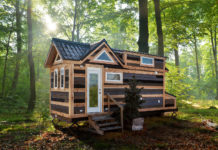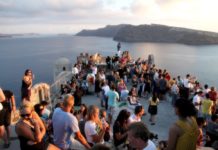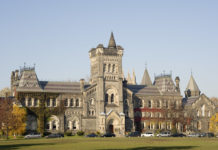Our wonderful planet offers amazing opportunities for travel, and many of us have enjoyed adventures and journeys across the globe. However, there are some places you simply won’t be able to go, however much they pique your curiosity. Still, we’ve researched them so you can at least read about them.
1. Centralia, Pennsylvania
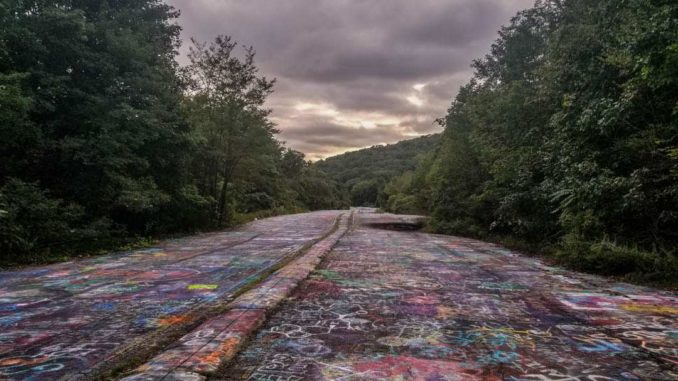
At the beginning of the last century, Centralia grew rich on coal mining, little knowing that it was to destroy the city. The underground mines caught fire in 1962, and the coal is still burning underground, belching poisonous carbon monoxide into the atmosphere. 2,700 residents were re-homed although, amazingly, seven people have chosen to stay. Needless to say, they are not eligible for any health insurance or life insurance.
2. Snake Island, Brazil
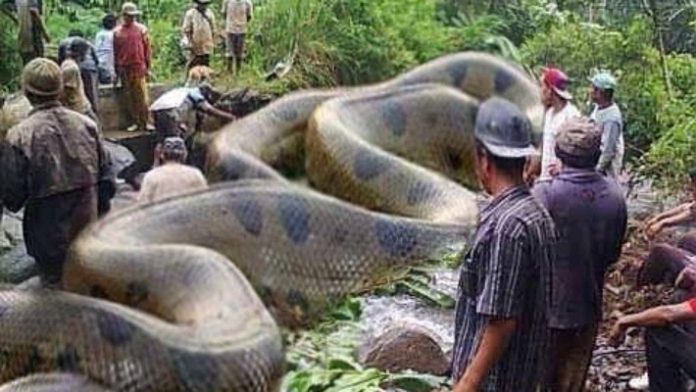
Situated just under 100 miles out to sea from São Paulo in Brazil, is Ilha da Queimada Granda, a.k.a. Snake Island. It gets the name from the fact that it is literally swarming with snakes, with researchers estimating there may be as many as five snakes in every 10 ft.². The native snake is the golden lancehead, which has a poisonous bite that rots the flesh around the point of impact. Not recommended for a walking tour, to say the least. When we know how far it is from the nearest hospital (and treatment!), a visit doesn’t seem appealing at all.
3. Wittenoom, Australia
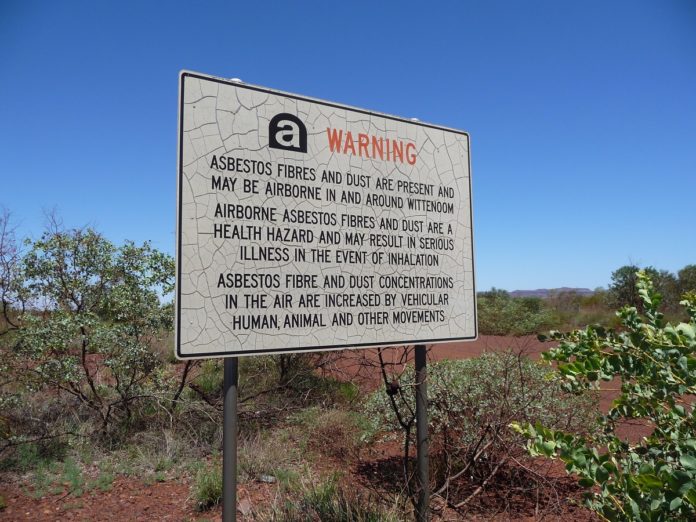
The toxic effects of asbestos are now well-known, but during the Second World War it was in great demand, and many tons of it were excavated from the blue asbestos mine in Wittenoom. In 1944 an inspector recorded dangerously high levels of asbestos dust around the city, and it was closed down permanently in 1966 – although three hardy, or maybe foolhardy, individuals have chosen to stay on.
4. Chernobyl, Ukraine
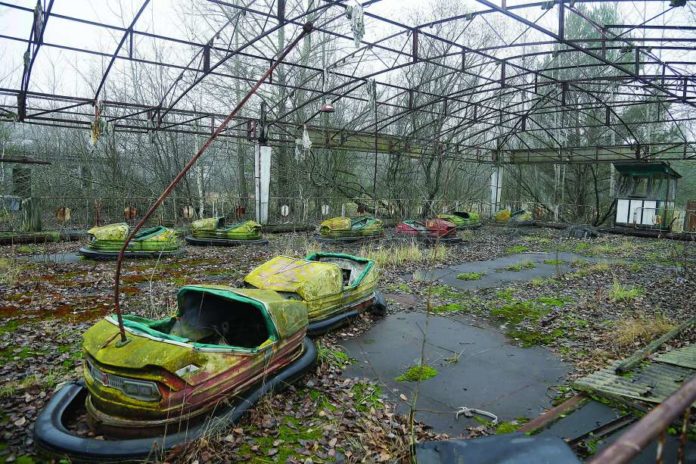
The recent award-winning TV series has bought Chernobyl back to the public attention. Back in 1986, it was the location of the worst nuclear disaster ever seen, and it is still highly contaminated. Remarkably, a small number of residents have chosen to remain, but it’s not a place any tourist is recommended to go.
5. North Sentinel Island, India
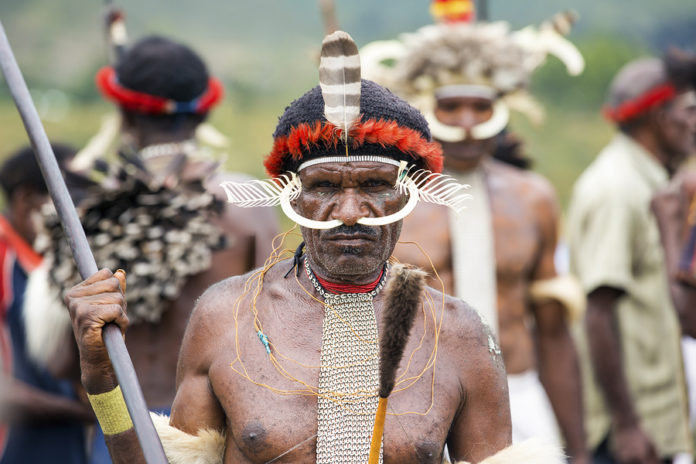
North Sentinel Island is a small island situated in the Bay of Bengal. The island’s aboriginal inhabitants, who are rumoured to be cannibals, have fiercely repelled any approaches by outsiders with spears, arrows and clubs. The Indian government has banned visitors from going to the island; if anyone does visit and is killed by the tribespeople, as has happened occasionally, it is not investigated as a murder. No life insurance will cover them either, as going to the island is considered a suicide.
6. Area 51, USA
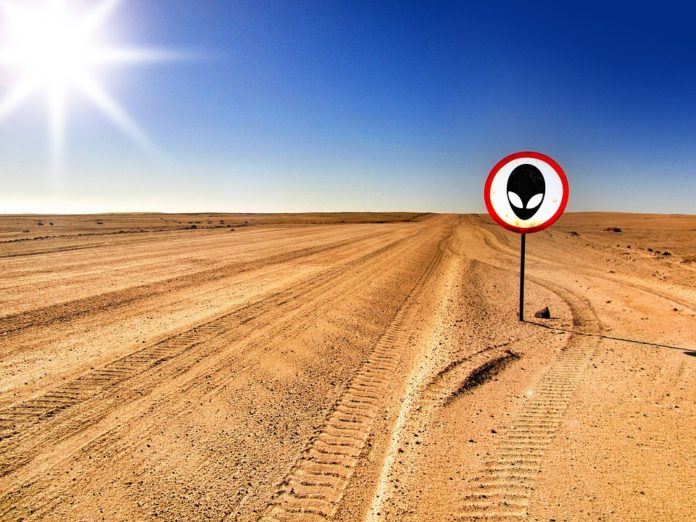
Home to some of America’s most top-secret weapon-testing establishments, this military base, located in the Nevada desert, certainly keeps its secrets well. Whether those secrets involve alien autopsies as some suggest, we can’t say. However, we can be certain that anyone trying to get into Area 51 is taking their life in their hands, as it’s protected by armed forces, landmines, and many other lethal defenses.
7. Craco, Italy
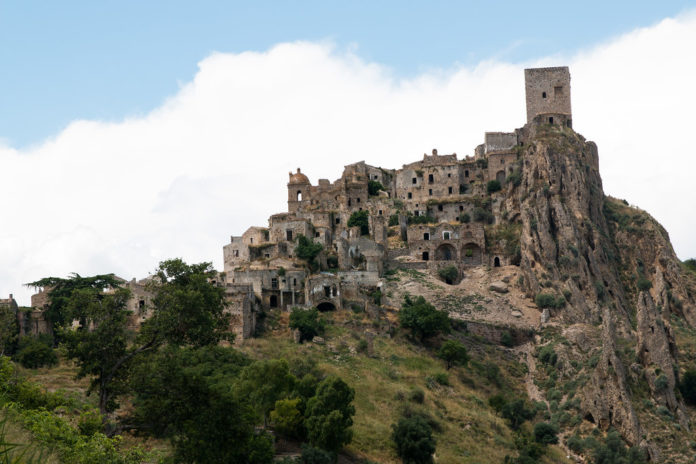
Once famed for the heartbreakingly beautiful views over the Mediterranean that its clifftops offer, the area surrounding Craco is now completely abandoned and regarded as unsafe. Flaws in the centuries-old sewage system caused landslides, undermining many of the city’s buildings, with earthquakes and floods following up to cause more damage and eventually leading to the abandonment of the city in 1980.
8. Vatican Secret Archives, Vatican City
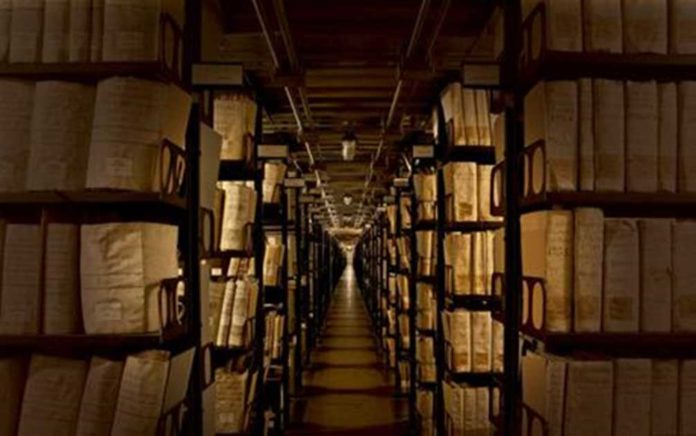
The Catholic Church has undoubtedly been the most powerful religious organization ever seen, and as you would imagine, they have amassed quite a few sensitive secrets in the church’s 2000 years of existence. At the heart of Vatican City are the Vatican Archives, containing a multitude of letters, accounts, state documents and more. You won’t be allowed to peruse them, even if you have a Ph.D., unless you are a scholar of significant importance and have gone through a very thorough vetting process.
9. Kadykchan, Russia
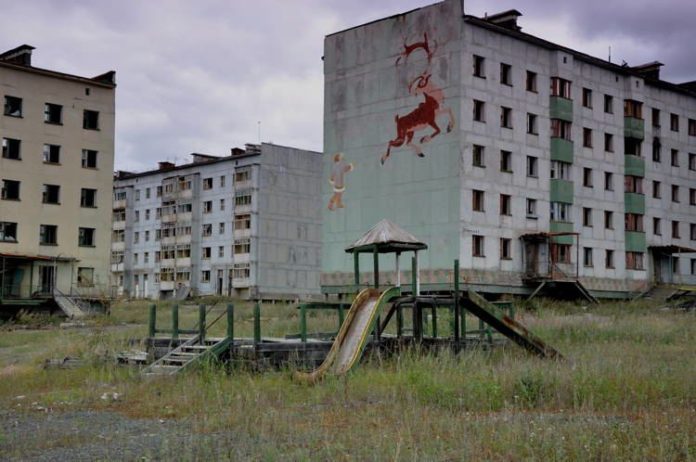
Close to Russia’s eastern borders, Kadychan used to produce coal to fuel a nearby power plant, but when the Soviet Union collapsed and coal prices plummeted many of the residents left. Some stayed on to work in the mine, but in 1996 six miners were killed in an explosion, which shut down the facility. The remaining residents then left and the ghost town was born.
10. Pluto’s Gate, Turkey
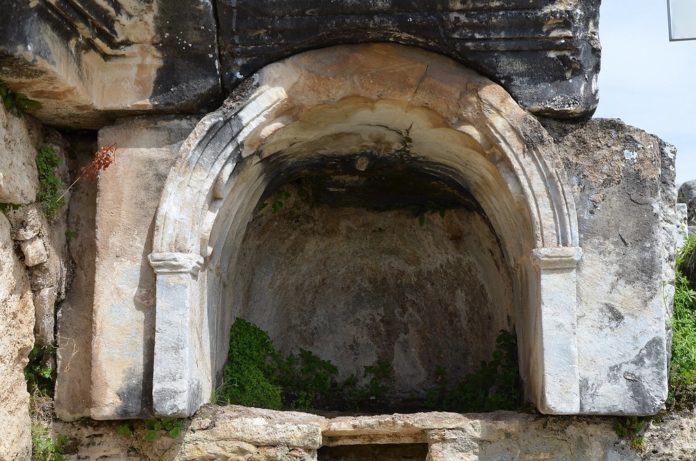
This site has been notoriously dangerous for humans since ancient times, although the cause of the danger was only discovered in 1965. It is, in fact, a cave into which geologic movement far underground forces poisonous CO2, which settles in the cave at nighttime, reaching fatally poisonous levels. It can be safely visited in the daytime when sunshine burns off the CO2. Still, probably not for you if you already have preexisting breathing issues.
11. Mausoleum of Qin Shi Huang, China
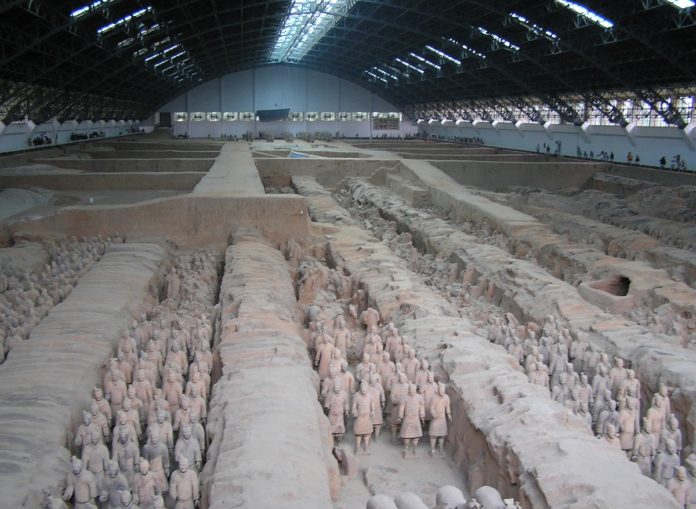
Archaeologists excavating the famous Terracotta Army discovered the tomb of this Chinese Emperor in 1974, but it has yet to be excavated. Many experts believe that even using the best-known technology, the tomb would still be destroyed if an attempt was made. Following this advice, the Chinese government has banned any attempts to trifle with this culturally important site.
12. Pripyat, Ukraine
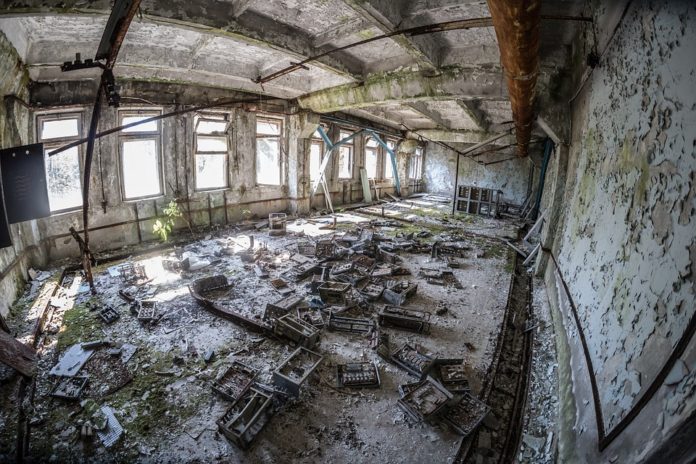
Although the town of Chernobyl is inextricably linked to the nuclear disaster of the 1980s, Pripyat is actually closer to ground zero and had nearly four times as many inhabitants as Chernobyl. A new city, Slavutych, was built for the inhabitants and the original town has been abandoned for over three decades, uninhabitable due to the lethal levels of radiation that still linger there.
13. Svalbard Global Seed Vault, Norway
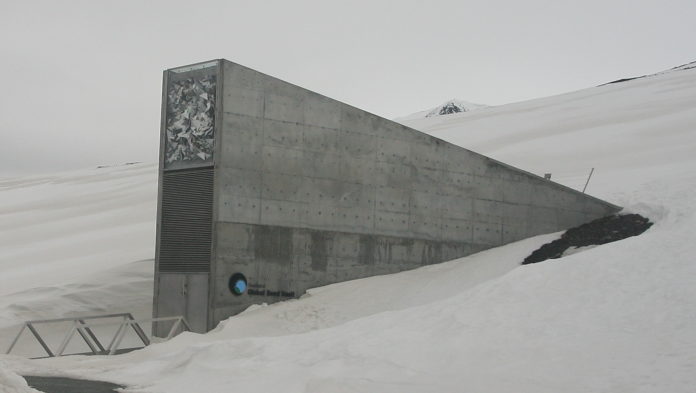
Buried 400 feet under a mountain on Norway’s remote Spitsbergen island, this facility is home to around 840,000 seed samples of 4000 different species. The purpose of the facility is to store seeds safely that are sent by national governments so that if there is any form of disaster that destroys a particular type of crop, there will always be a backup available to start growing again. Sorry if you wanted to visit, it’s not possible.
14. Pine Gap, Australia
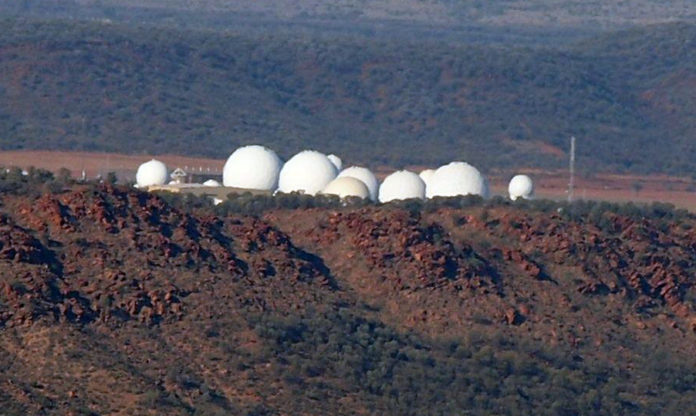
The Joint Defense Facility Pine Gap is situated in a secret location somewhere in the Australian outback; although it’s in Australia, it’s under US government control. It was opened in 1966, ostensibly as a space research station, but really under control of the CIA. Spy satellites used for intelligence purposes around the world are controlled from this site, and nobody but those who work there can enter.
15. Agdam, Azerbaijan
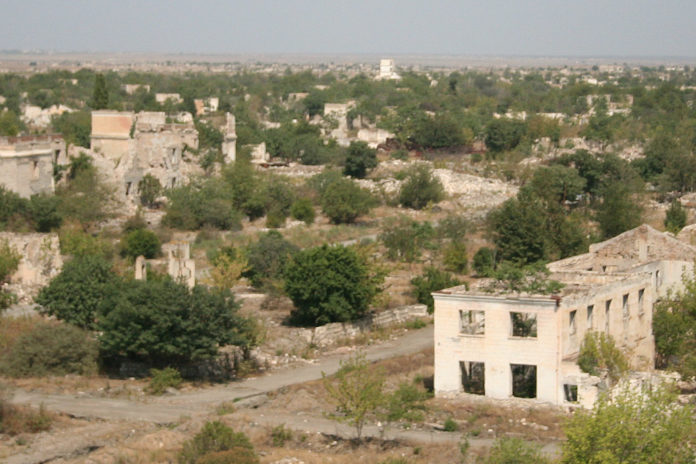
Once home to a sizable population, Agdam is now abandoned, and visiting is forbidden. The city was devastated due to its position as a crucial military objective in the Nagorno-Karabakh War, and fierce fighting caused every resident to flee.
16. Poveglia, Italy
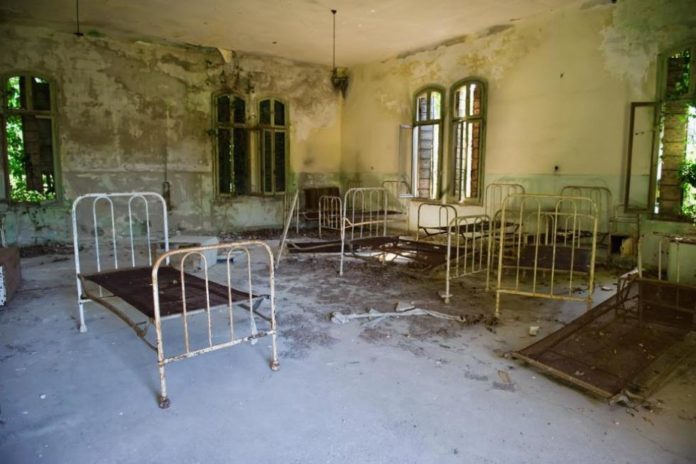
Situated between Venice and the Lido, Poveglia was once the island to which Venice would send its plague victims, most of whom didn’t return. Over 160,000 infected individuals were sent to the island, and it’s rumoured that 50% of the soil is now human bones. Once the danger of the plague had passed, the island became a lunatic asylum about which there were many sinister rumours. It is now closed, and nobody may set foot on this tragic location.
17. Fort Knox, USA
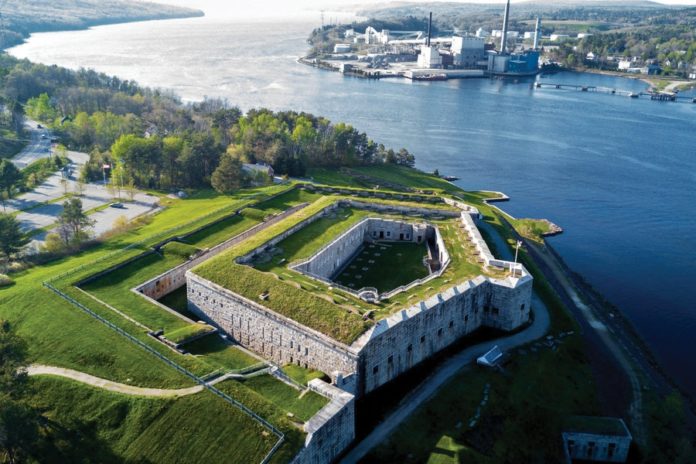
More than 50% of the USA’s gold reserves are kept at Fort Knox, and so unsurprisingly it has a reputation as one of the most secure places on the planet. It is built of granite and concrete with steel reinforcements, designed to repel any possible attack. Even those who work there are subject to severe restrictions: a number of combinations are required to enter the vault, but nobody knows all of them. Workers can only enter by teaming up with colleagues who know other combinations. The place can definitely claim to be safer than any banks you’ll ever see.
18. The Dome of the Rock, Jerusalem
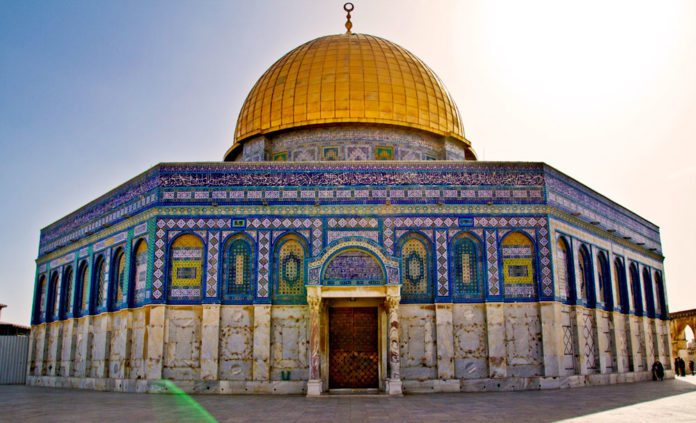
The Dome of the Rock is in the center of Jerusalem. It is the center of devotions for all the Abrahamic religions as it is said to be the place of Adam’s creation, the place where Abraham planned to sacrifice Isaac, and the place where Mohammed began his journey to heaven. It is an Islamic shrine, and no non-Muslims can enter. So, unless you were planning to convert, you can’t enter.
19. Surtsey Island, Iceland
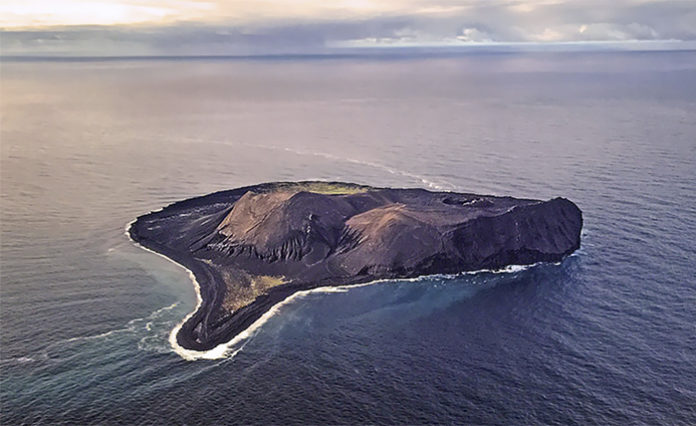
Surtsey Island, around 20 miles off the Icelandic coast, hosts many rare birds, fungi and lichen, along with 335 invertebrate species. To preserve this unique ecosystem, the only visitors permitted are scientists and Ph.D. candidates undertaking research.
20. Lascaux Caves, France

If somewhere is a UNESCO World Heritage site, you’d imagine that it will be a prime tourist location. However, this isn’t the case with the Lascaux Caves in France. Although the caves contain nearly a thousand prehistoric paintings, they have been closed to tourists since 1963 due to the damage caused by damp and fungus related to moisture in visitors’ breath. Nowadays, only security guards can enter the caves to check on the paintings for a few minutes a week. However, the good news is that a complete replica of the cave system, complete with paintings, has been built nearby – a significant investment to please both travellers and researchers.


